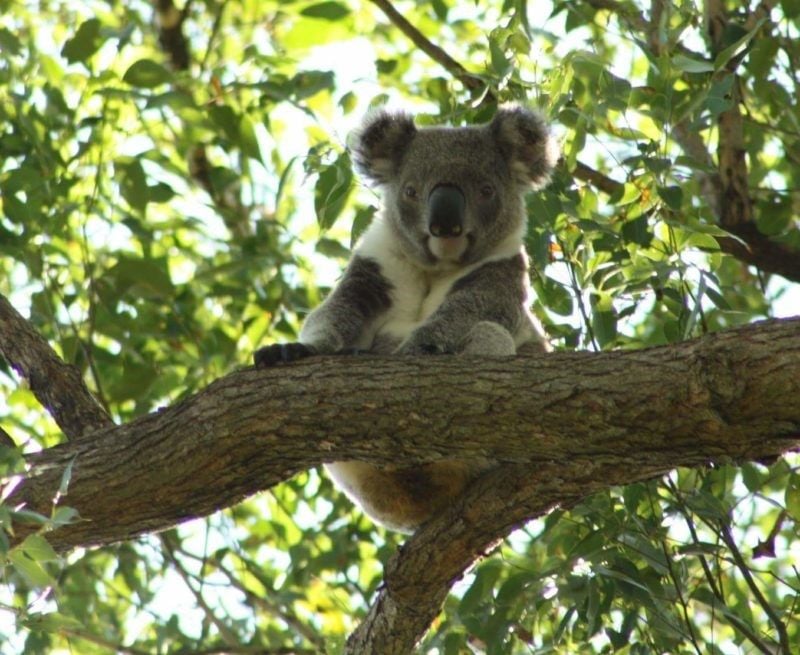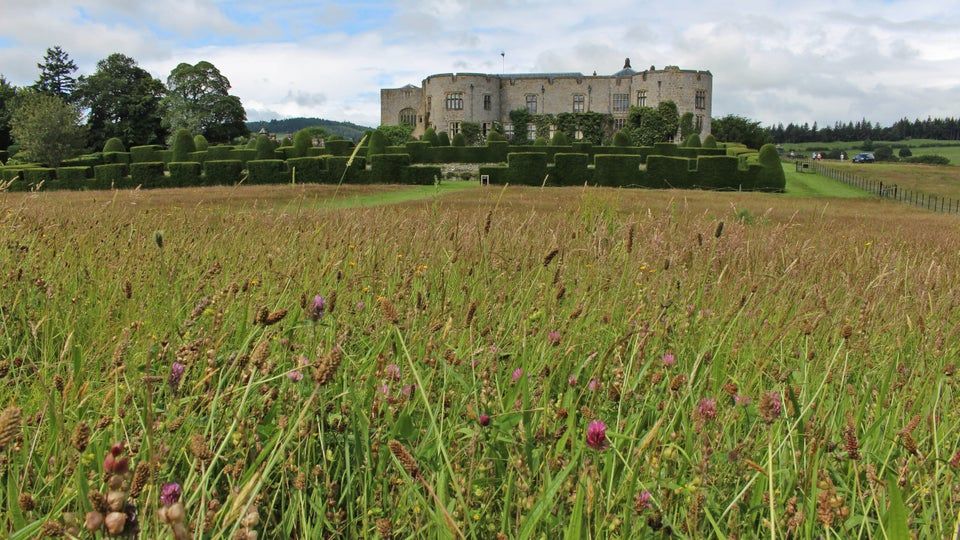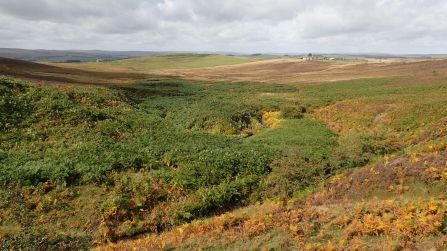Basking Sharks in Scotland need your support
Posted on
|
Basking sharks love Scotland (and who can blame them – it’s stunning). They head to the rich waters off the west coast every summer and they take a long journey to take there, coming from as far away as the Canary Islands. There’s an opportunity to really make a difference to basking sharks. The Scottish Government has launched a consultation on Marine Protected Areas – including one specifically for Basking Sharks.
Back in the 19th and 20th centuries, 100,000 basking sharks were hunted in the North Atlantic…… so there aren’t as many of them left as there used to be. The proposed Sea of the Hebrides Marine Protected Area will give extra protections to basking sharks and other species such as minke whales. Currently, it is proposed that 4 new Marine Protected Areas (MPAs) be added to Scotland’s exiting MPA areas. These areas will protect important habitats and large mobile species such as Risso dolphins, Minke Whales and Basking Sharks. Find out more and give your support here. |



